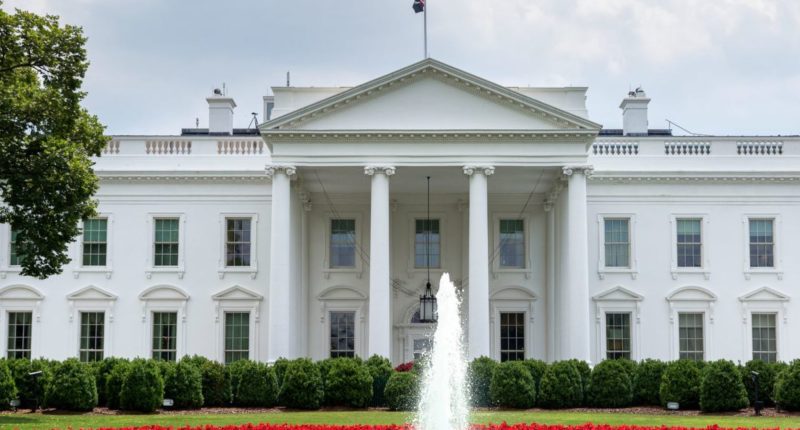In its effort to become the computing superpower of the free world, the US has decided to pour in $1 billion into what it thinks are the two most up and coming technologies in the world of computers — AI and Quantum Computers. As a part of this investment, White House will establish 12 research institutes in the country-7 for AI and 5 for Quantum computing development.
The announcement comes 6 months after the Trump administration called for more than two billion dollars to be invested in non-defense AI and quantum research by 2022. This, can be seen as the first step towards that initiative, and a big one at that, which will see money going into academic and private sector R&D hubs.
To achieve this, White house will make investments in five AI research institutes under the National Science Foundation (NSF), which will get $20 million each, as well as two other institutes partnered with the USDA. The names of these institutes will be-The NSF AI Institute for Research on Trustworthy AI in Weather, Climate, and Coastal Oceanography, The NSF AI Institute for Foundations of Machine Learning, NSF AI Institute for Student-AI Teaming, NSF AI Institute for Molecular Discovery, Synthetic Strategy, and Manufacturing (or the NSF Molecule Maker Lab, and NSF AI Institute for Artificial Intelligence and Fundamental Interactions. The two institutes under USDA will be named USDA-NIFA AI Institute for Next Generation Food Systems, and USDA-NIFA AI Institute for Future Agricultural Resilience, Management and Sustainability
These new AI centres will be established in partnership with existing academic research groups at the University of Colorado, University of Texas, University of Oklahoma, MIT, UC Davis and two different teams at the University of Illinois.
This is one of the biggest steps taken by any government in the field of AI, which had been predominantly dominated by the private sector.
However, as U.S. Under Secretary for Science Paul Dabbar argues, Quantum computing and not AI will be more important for U.S. national interests (although it doesn’t hurt to advance in both), and thus, a $625 million plan has been issued for five new Department of Energy-linked centers focused on quantum information science. These centers will be constructed in Brookhaven, Argonne, Fermi, Lawrence Berkeley and Oak Ridge national labs. This plan stretches across 5 years, and thus, the entire sum will not be spent immediately.
The centers have been named- Co-design Center for Quantum Advantage (C²QA), Superconducting Quantum Materials and Systems Center (SQMS), Quantum Systems Accelerator Center (QSA), The Quantum Science Center (QSC), and Next Generation Quantum Science and Engineering Center (Q-NEXT).
Out of the total promised amount, $300 million will come from industry and academic institutions with the remainder drawn from $1.2 billion earmarked in a 2018 law — the National Quantum Initiative Act — for quantum research.
Quantum computing can help computers solve real life, complex problems, like chemical reactions. This will not only elevate the speed at which computers achieve tasks, but also revolutionize what computers can do.





